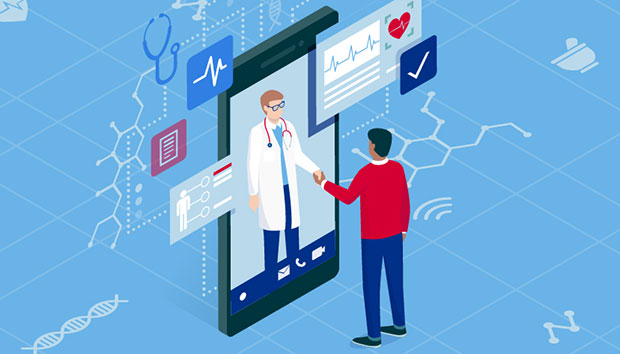Introduction
It is currently estimated that anywhere between 20% and 50% of the U.S. healthcare system costs are due to inefficiency. The troubling part of this statistic is that money could be going in several other places such as investments into healthcare startups or preventative care plans. These excess costs directly affect consumers who, in the field of healthcare, are also patients. However, we now live in a time of increased technological capabilities and, paired with the power of analytics, it can help us decrease redundant care, improve transitions of care and advance provider-provider and provider-patient communication in order to decrease cost waste in the healthcare industry.
Discussion
One of the biggest cost concerns in the healthcare field is communication – paper, phone calls and faxes are all big contributors to inaccuracies and miscommunications. Albert Santalo, the founder of CareCloud, believes technology can bridge a huge gap here. CareCloud is a cloud-based electronic health record provider that hopes to cut the costs of inefficiency by creating a platform that allows for cross communication between providers, billing and consumers. Another big concern in cutting costs in healthcare is the timely entry of data. Hill-Rom Holdings is another company making great strides in the field of healthcare with their smart hospital beds. Their beds ensure that vital signs are entered and time stamped immediately, rather than up to hours later when providers get a chance to enter data into their system. This technology saves money in healthcare by providing physicians with the ability to make accurate and timely decisions regarding a patient’s care plan. Eventually, analytics can further support the goal of accurate decisions further by applying machine learning techniques to the smart bed.
Another use for analytics in healthcare is to improve the timeliness of when a patient is transferred from the ICU. The current system for transferring ICU patients is reactionary and subject to error but applying analytics to this process can not only reduce costs but can also prevent deaths. This is because opening up ICU beds can make space for those who need it more and because some patients may receive better, more specialized care in another unit.
Conclusion
When it can be estimated that up to half of an industry’s costs are due to waste and inefficiency, it is clear that something should change; when that industry is the healthcare industry, it is clear that something needs to change. There should be no room in healthcare for waste or inefficiency because this is an industry that deals with people’s livelihoods and well-being. Thankfully, the rise of analytics and technology helps create cost-solutions that prevent waste and inefficiency and can improve the lives of patients across the nation.




